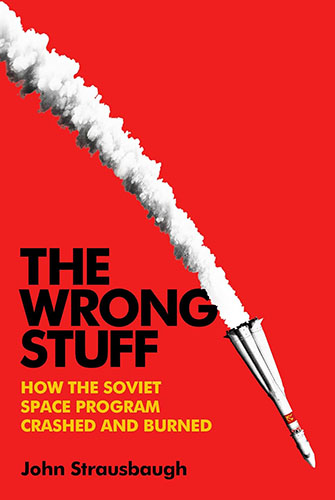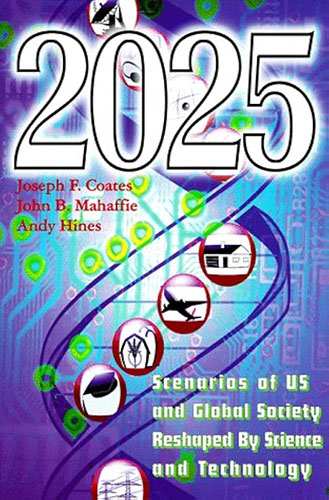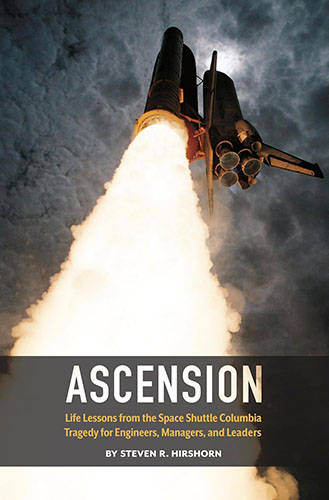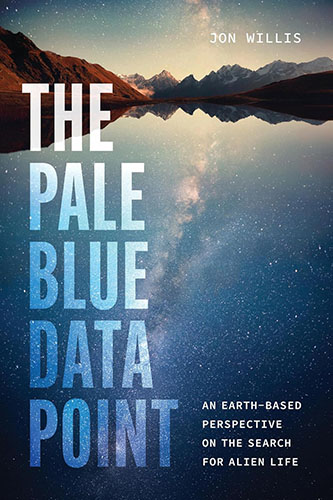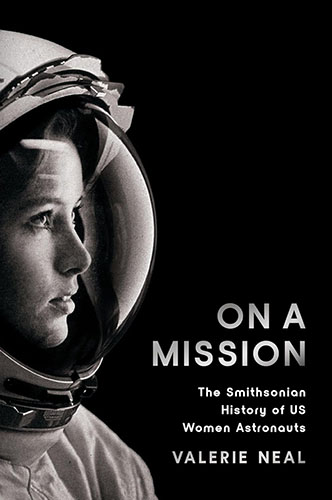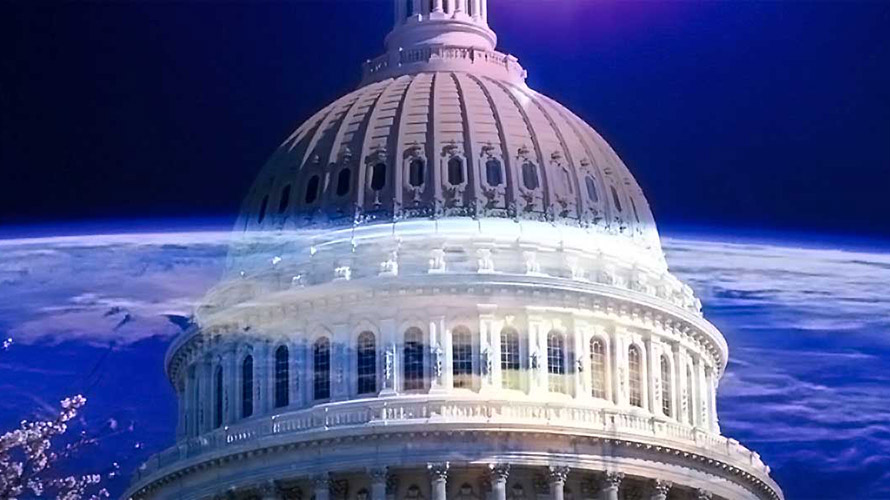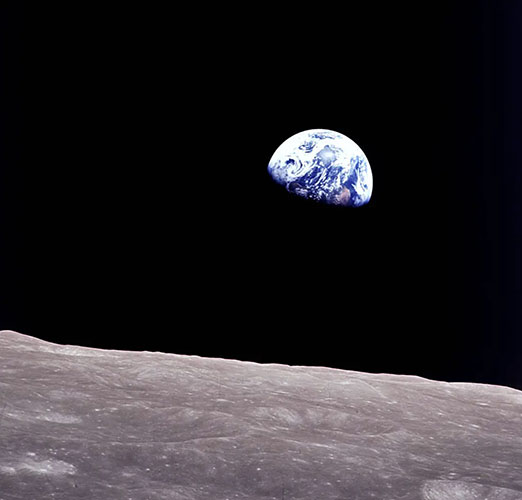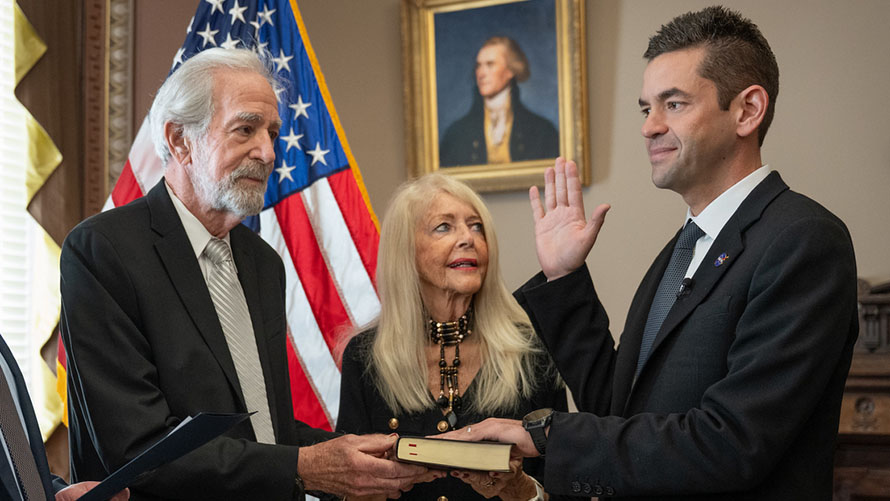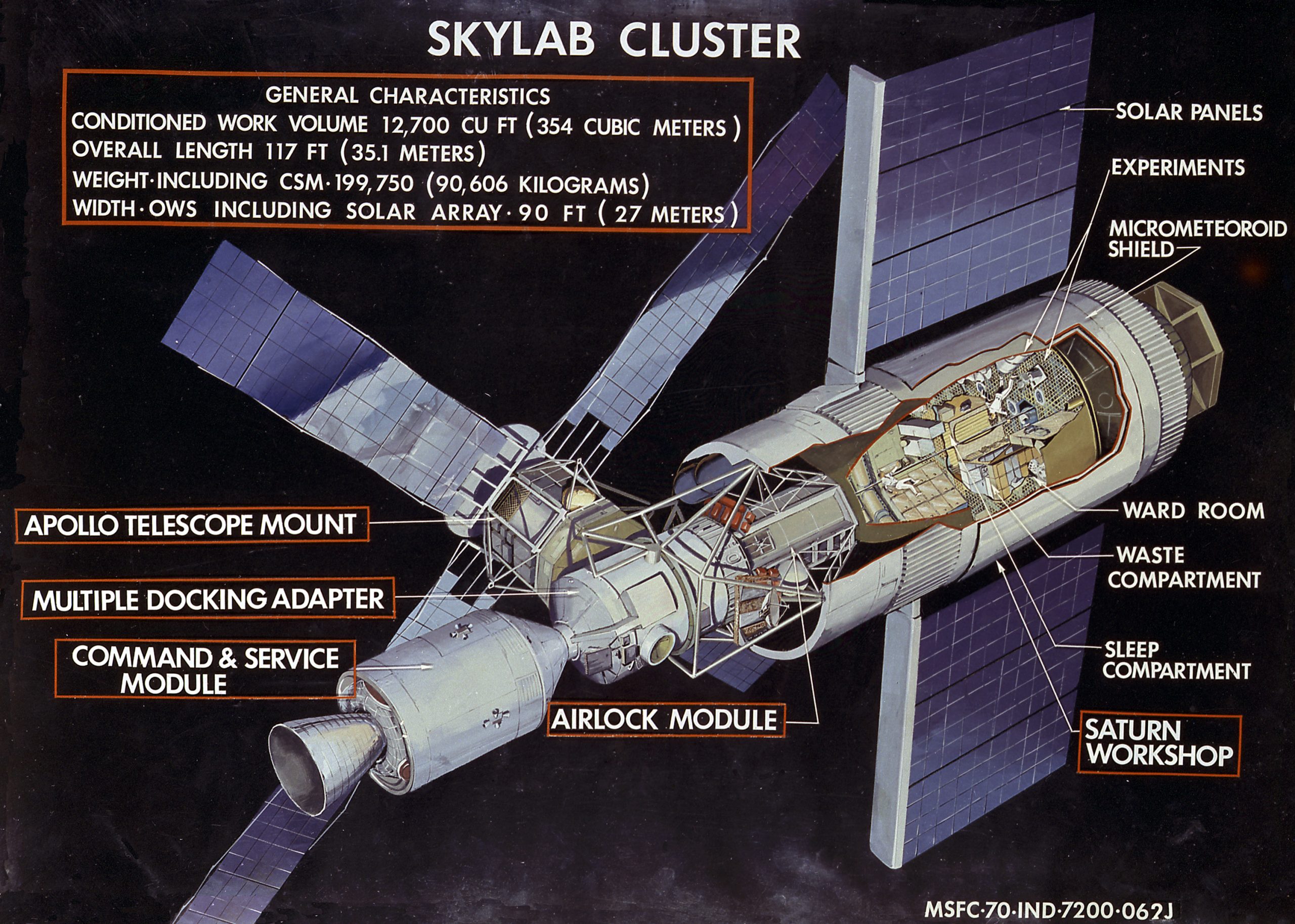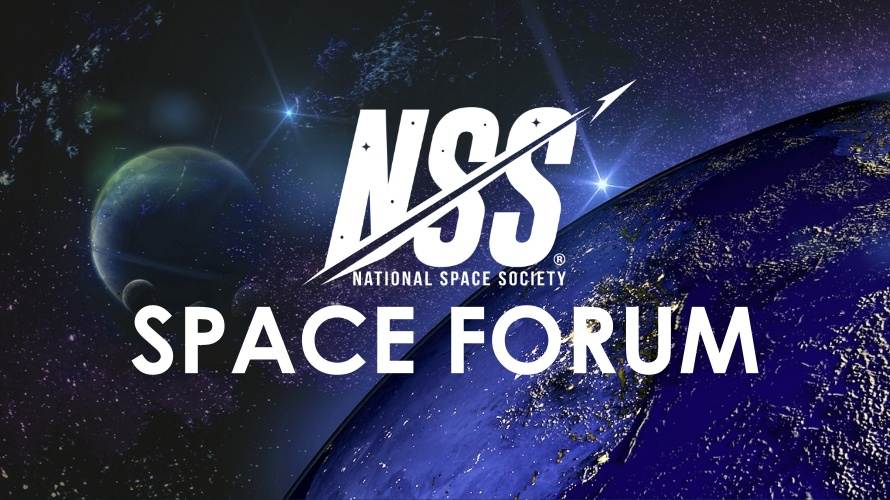Category: Nonfiction
Reviewed by: Douglas G. Adler
Title: The Wrong Stuff: How the Soviet Space Program Crashed and Burned
Author: John Strausbaugh
Format: Hardcover/Kindle
Pages: 262
Publisher: Public Affairs
Date: June 2024
Retail price: $30.00/$18.99
ISBN: 978-1541703346
Find this book
In 1979, famed author Tom Wolfe published The Right Stuff. This seminal work pulled back the curtain on the American Mercury Program of the 1960s and gave readers a look into the minds of our first astronauts, the culture of military pilots, the pressure NASA administrators faced, and the desires of the U.S. Government at the height of the Cold War to win the Space Race against the Soviet Union. To say that The Right Stuff was deeply influential would be an understatement, and Wolfe’s incisive, biting, witty, and at times irreverent take on the whole affair both thrilled readers worldwide and changed journalism forever.
John Strausbaugh’s new book, The Wrong Stuff, tries to put the shoe on the other foot: this time the subject of the book is the fledgling Soviet space program. As the title suggests, the book is extremely negative in tone and hostile to the entire Soviet space effort, from top to bottom. The book portrays the Soviets as bumblers and fools, veering from catastrophe to disaster. Soviet space successes (including the first manned spaceflight, the first flight of a female Cosmonaut, and other missions) are treated as lucky breaks or close calls, and nothing more. While some may find this fun or amusing, it has little basis in reality. The Soviet space program was a monumental undertaking that, like the U.S. space program, demanded the service of the nation’s top engineers, manufacturers, pilots, etc. Many books, including Colin Burgess’s outstanding Soviets in Space, James Harford’s Korolev, William Burrough’s This New Ocean, and other works all portray the Soviet effort in a much more realistic manner and demonstrate what a massive and serious effort it was. Even Bryan Burrough’s Dragonfly, which is highly critical of the Russians and details more than a few life-threatening misadventures aboard the Mir Space Station, does not portray the Russians as clods the way that Strausbaugh does.
The book has a sneering and snide tone throughout that is largely unjustified. Events are portrayed in the worst possible light, and the Soviets come across as little better than the Keystone Cops. To be fair, the Soviets had more than their share of mishaps, and Strausbaugh has plenty of material to cover. The death of Vladimir Komarov aboard the disastrous Soyuz 1 mission, Alexi Leonov’s near death experience during the first-ever spacewalk during the Voskhod 2 mission, the Nedelin disaster (wherein a prototype intercontinental ballistic missile exploded on the pad, killing an entire engineering design team), the failed N-1 Moon rocket launches, are all fair game for discussion and analysis. The problem is that one could just as easily write a similar book, with a similar tone, about the U.S. space program. The loss of the Mercury capsule during Gus Grissom’s Liberty Bell 7 flight, the Apollo 1 fire that claimed the lives of three U.S. astronauts, Gene Cernan and Dick Gordon’s deeply troubled spacewalks on Gemini 9A and Gemini 11, respectively, as well as the Challenger and Columbia disasters could be described in the same manner and it would be just as unfair and disingenuous. Manned spaceflight is a serious and dangerous business, and even sixty years later we are still learning new things about how to do it safely.
Strausbaugh describes the Apollo-Soyuz Test Project (ASTP), wherein an American Apollo Command and Service module docked with a Soviet Soyuz craft in Earth orbit. As part of the program, American Astronauts trained in Russia at the Baikonur Cosmodrome and Soviet Cosmonauts trained at the Kennedy and Johnson Space Centers in the USA. Strausbaugh emphasizes that the Soviets were amazed at the abundance of goods and technology in the USA, whereas the Americans were shocked at how bare-bones life in the Soviet Union was and how crummy many of the Soviet facilities were. What Strausbaugh does not mention was how American astronauts saw some wisdom in how the Soyuz operated despite how different it was from NASA technology. Going further, during the Shuttle-Mir era years later, NASA discovered just how deep the Russian experience with space station operations was and how much they could (and did) learn from their new partners in space. These details significantly undermine the narrative Strausbaugh provides and, had they been included, would have shown things in a more honest light.
Tom Wolfe was able to get away with his unconventional writing style in The Right Stuff because it was clear to the reader that, and the end of the day, he admired and respected NASA, the astronauts, and their mission. Strausbaugh has no such admiration for the Soviet program and the people who built it, and it limits his perspective, his insights, and his writing significantly. Working under a brutal communist regime, and under extreme duress to rack up a string of historic space “firsts,” the Soviets pulled off one spectacular space mission after the next for years, kickstarting the American program in the process.
Overall, The Wrong Stuff is a deeply unserious work. You can read it, and you can even enjoy it, but beyond that you should take it with a grain of salt. You can say a lot of bad things about the Russians, their government, and their early space program during the Cold War, but you cannot say that they were dumb.
© 2024 Douglas G. Adler

